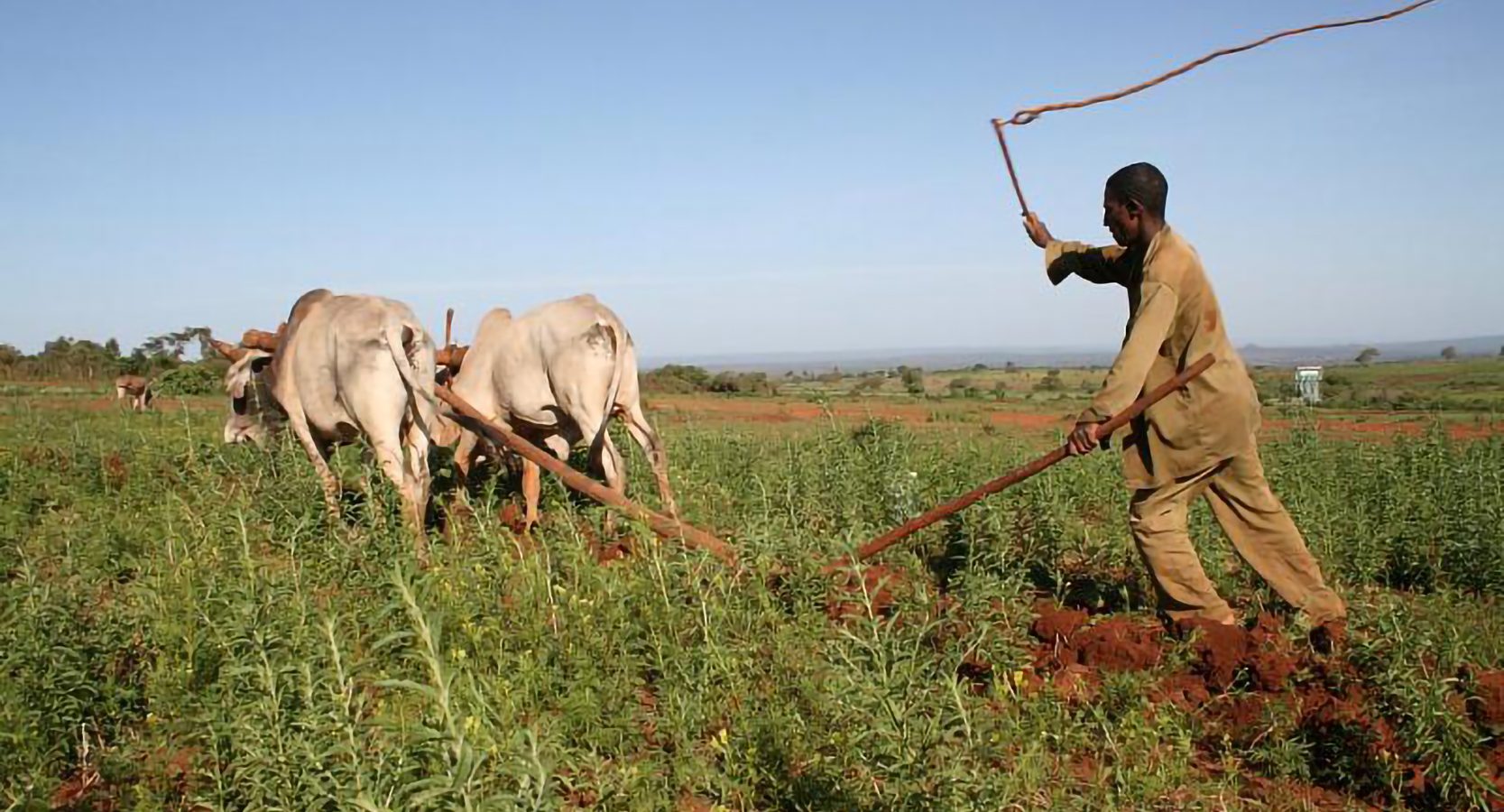Agriculture in Ethiopia is central to the country’s economy. With a variety of crops grown, including coffee, farming is the main source of income – more than 80 percent of the country are engaged in food production. But in over a third of the districts of the country, red, volcanic minerals in the soil underfoot expose an estimated 35 million people to the risk of podoconiosis – a non-infectious, neglected tropical disease (NTD).
NTDs are a group of treatable and preventable diseases, for which medicines are readily available in much of the world but disproportionately affect people living in poverty who have not had equal access to health services. Of the estimated four million people affected by podoconiosis globally, Ethiopia bears the highest burden, with more than 1.5 million cases.
The condition is also known as endemic non-filarial elephantiasis and is characterised by the disfiguring and swelling (lymphoedema) of the lower leg. Chronic cases can cause ulceration and bouts of infection can lead to fever and debilitating pain. Due to its highly visible impact, the disease can also lead to sufferers being isolated by their communities and render them unable to work. Lymphoedema from podoconiosis is more common among females than males (with a male to female ratio of 0.7 to 1), as gender imbalances between men and women may influence access to resources including shoes and socks.
The disease is highly prevalent in southwestern and central highlands of the country and the Southern Nations, Nationalities and Peoples Region (SNNPR) bears the highest prevalence nationally (8.3 percent). With the region mostly rural farmland, people living and working in these areas do not always have access to protective footwear to prevent exposure to these problematic soils that have been shown to cause podoconiosis.
In recent years, progress has been made in the fight against podoconiosis. In Ethiopia, and other countries in the East African Rift zone, the disease has been incorporated into disease elimination plans and global calls to action have been published in journals including The Lancet. However, podoconiosis remains one of the least financed of the tropical diseases and does not appear on the World Health Organization’s published NTD list. If it is to be eliminated by 2030, in line with the Sustainable Development Goals (SDGs), gaps in the evidence base must be filled, alongside sufficient international and domestic funding for appropriate interventions.
What Malaria Consortium is doing
Malaria Consortium’s formative research, conducted in an Ethiopian district with one of the highest podoconiosis prevalence rates in the country in 2020, indicated that there was a significant lack of capacity among health workers to adequately detect, manage and report podoconiosis cases due to a lack of regular in-service training from the primary healthcare system. Communities, health workers and volunteers demonstrated a considerably low level of awareness and knowledge of podoconiosis, with many highlighting a lack of access to information.
We developed and piloted an intervention to strengthen and integrate NTD detection, management, recording and reporting into primary healthcare in Ethiopia. Now, Malaria Consortium is implementing a three-year project – Happy Feet: Strengthening Community Based Podoconiosis Prevention and Control in Ethiopia – in Sodo Zuria, and Offa districts of the SNNPR (which both have a prevalence of podoconiosis of more than 10 percent). The project will reach an anticipated 208,000 people and directly benefit more than 12,000 patients with podoconiosis, with the aim of empowering them to improve their own health, social bonds and economic status as well as improving the current state of podoconiosis prevention, detection and management across all levels of the health system.
More than half of the 12,000 patients the project hopes to support are women. Attendance of women at NTD services is influenced by education, access to resources, household decision-making power and physical access to health facilities. Through Happy Feet, patients with podoconiosis will be supported through income generation activities (IGA) and access to customised shoes. All patients with podoconiosis will be empowered to improve their own health, social bonds, and economical status.
The project is aligned with Ethiopia’s National NTDs Strategic Plan (2021-2025), which makes podoconiosis a priority NTD, targeting to control the disease by 2030. You can find out more about our Happy Feet project in the project brief or view the results of our 2020 study, which were presented at the 70th annual meeting of the American Society of Tropical Medicine and Hygiene.
Image by International Federation of Red Cross and Red Crescent Societies
